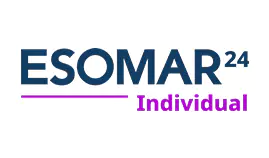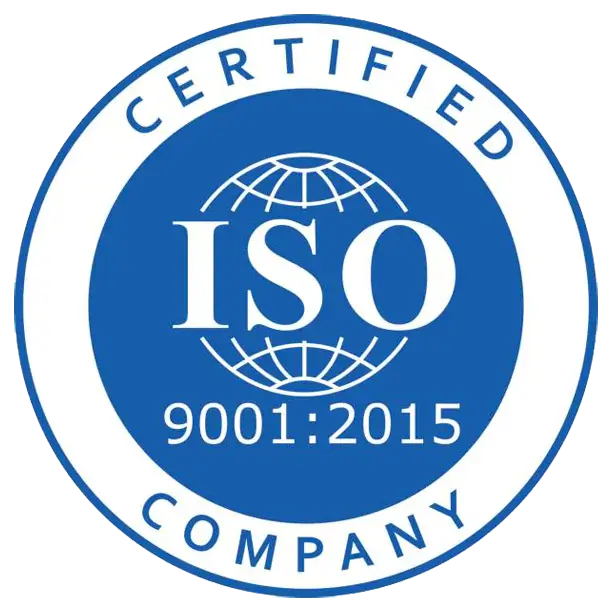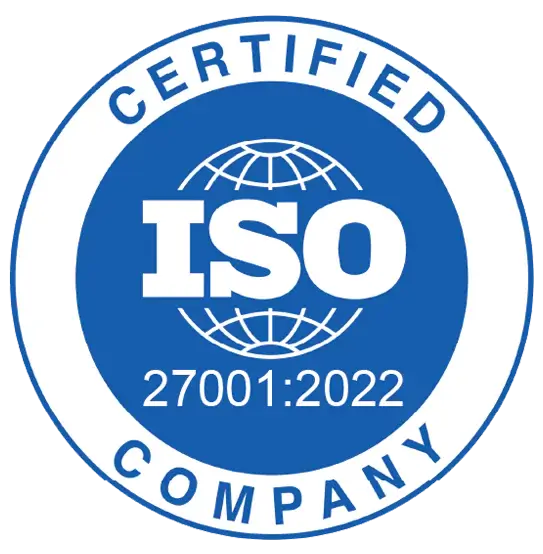
ISO 9001 is the standard followed worldwide for quality management systems (QMS). It helps businesses ensure they meet customer needs and continually improve their processes. But how does it really drive continuous improvement in an organization? Companies worldwide use this standard to enhance efficiency, reduce errors, and boost customer satisfaction.
The standard’s focus on continual improvement makes it a vital tool in a company’s quality journey. Which is why, it is crucial to know what is iso 9001 and the various aspects surrounding this quality standard. In this article, however, you will find out how getting this certification supports consistent progress in quality practices.
The Core Principles of Quality Management Standards
Quality management systems like 9001 are built on principles that foster better management. One of the key ideas is customer focus. Meeting customer needs is the backbone of these standards. They push businesses to continually refine their products and services.
Another important principle is leadership. Effective leadership encourages the development of a quality-driven culture. Engaged employees are crucial for continuous growth, ensuring everyone works toward the same goal.
Risk-Based Thinking: A Driver for Improvement
Risk-based thinking is another essential part of quality management frameworks. Companies need to identify risks and opportunities early. By doing so, they can take preventive action before issues arise.
This proactive approach helps businesses avoid disruptions and maintain high standards of quality. Anticipating problems not only reduces errors but also fosters an environment of continuous improvement. It encourages companies to evolve and adjust as they learn from past experiences.
Promoting Customer-Focused Quality Enhancements
Customer satisfaction is a central focus of quality management standards like ISO. They promote practices that ensure customers get exactly what they need. These systems require companies to gather customer feedback and use it to make improvements.
This continuous process of feedback and action helps businesses stay competitive. Keeping the customer at the heart of decision-making leads to higher-quality products and services over time.
Process Approach: Enhancing Consistency and Efficiency
The process approach is key to these frameworks. It ensures businesses map out every step in their workflows. By breaking down each process, companies can find ways to improve.
This approach also ensures consistency. Consistent results lead to fewer mistakes and higher efficiency. As a result, organizations that follow the process approach become more reliable and productive. Improvements are easier to spot when processes are clear.
Leadership’s Role in Fostering Quality Improvement
Strong leadership plays a crucial role in continuous improvement. Leaders determine what the rest of the organization will do. When they are committed to quality, employees are more likely to follow.
These standards encourage leaders to be involved in every aspect of quality management. Leaders must actively participate in defining quality goals and ensuring resources are available to meet those objectives. Their support is vital in driving improvement.
Employee Engagement: Key to Ongoing Improvement
Employee engagement is at the core of these quality systems' effectiveness. When employees are involved, they are more motivated to improve. Their input helps identify areas for improvement. Employees who feel heard and valued are also more likely to embrace changes that lead to better quality. Training and communication play big roles here. Well-informed staff can actively contribute to the company’s growth.
Data-Driven Decision Making for Better Outcomes
Data is crucial in quality management systems. Companies must rely on factual information to make decisions. Regular data collection and analysis allow businesses to track progress and spot trends.
This data-driven approach drives improvement. By analyzing results, companies can identify areas where changes are needed and take action accordingly. Data ensures changes are based on facts, not guesswork.
Continual Improvement: The Foundation of Quality Standards
Continuous improvement is the foundation of these standards. They encourage businesses to keep refining their processes. It’s not just about maintaining the current level of quality. It’s also about always striving for better.
Organizations must regularly review their systems and look for new ways to enhance performance. Improvement is not a one-time effort. Rather, it is a continuous process embedded in the organization’s culture.
Managing Supplier Relationships to Drive Quality
Suppliers play a big role in maintaining quality. These frameworks stress the importance of managing supplier relationships effectively. Companies need to ensure their suppliers meet the same high standards they do.
Working closely with suppliers helps businesses ensure consistency and quality in their products. Good communication and clear expectations lead to better outcomes and fewer disruptions in the supply chain.
Aligning Quality Systems with Other Management Standards
Quality management standards work well alongside other frameworks. Many companies use multiple standards, like ISO 14001 for environmental management or ISO 45001 for health and safety. Aligning these standards can streamline processes.
Businesses can avoid duplicating efforts by integrating different systems. This leads to smoother operations and greater overall efficiency. It’s an excellent way to improve on multiple fronts at once.
Benefits of Regular Internal Audits for Improvement
Internal audits are necessary for compliance. They provide a way to check if the company’s processes are working as intended. Regular audits help businesses identify gaps and opportunities for improvement.
The findings from audits allow companies to make corrections before small issues become big problems. Audits keep the quality management system fresh and aligned with the company’s goals.
The Role of Corrective Actions in Quality Management
Corrective actions are key to resolving issues in compliance. When problems are identified, companies need to take corrective action. It’s about taking care of the immediate issue and finding the root cause.
Once the root cause is addressed, the problem is less likely to happen again. Corrective actions help organizations learn from mistakes and avoid repeating them. This cycle leads to continuous improvement over time.
Cost Benefits in Long-Term Quality Management
Implementing quality management systems can lead to long-term cost savings. By focusing on improving processes and reducing errors, companies can lower their operational costs. These standards encourage efficiency, which often means fewer resources are wasted.
In the long run, businesses that follow these frameworks tend to see financial benefits. Improved quality can also lead to fewer returns and better customer retention, which saves money.
How a Compliance Platform Can Simplify Maintenance
Maintaining compliance with quality standards can be challenging. A platform helps by simplifying the process. Such platforms centralize all the necessary documentation and records in one place.
They make it easier to track updates, monitor changes, and perform audits. Automation can also help by reducing the time spent on manual tasks. This allows businesses to focus more on making improvements rather than managing paperwork.
Businesses should know what is iso 9001. At the same time, they should take steps to implement it since it encourages them to refine their processes, engage employees, and focus on customers. With strong leadership and data-driven decisions, businesses can achieve lasting quality improvements.






